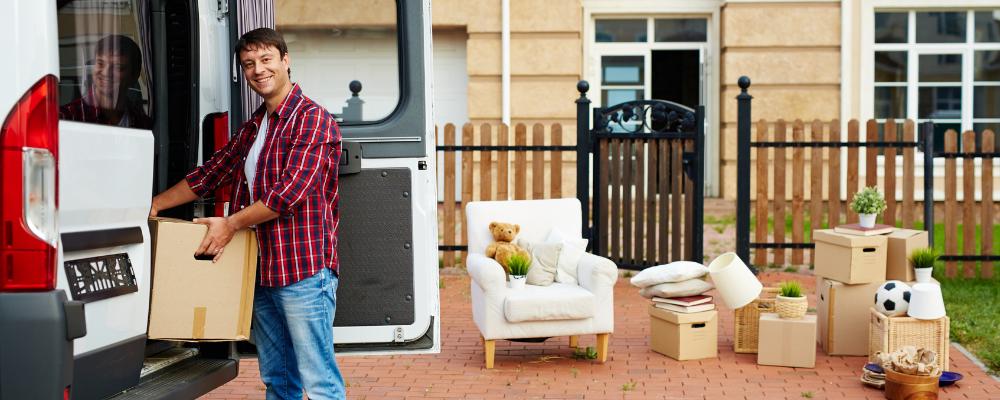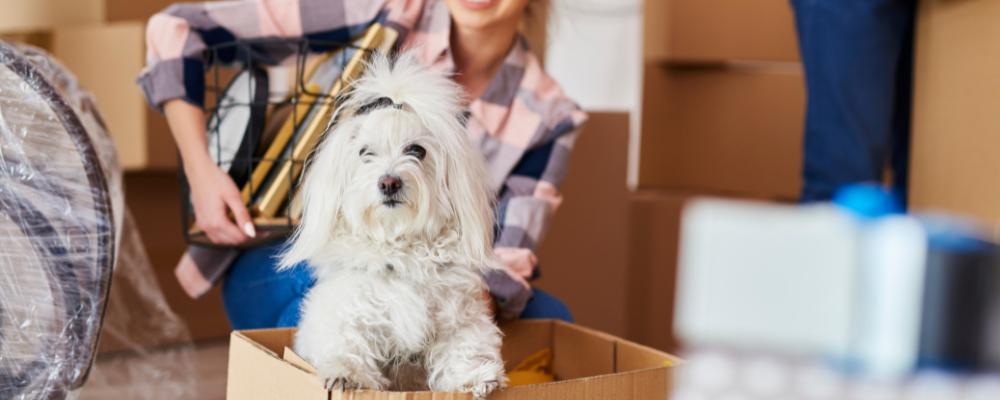Relocating can signify exciting times ahead, but the experience itself is almost always a stressful one. Whether you’re moving to a new city or downsizing your home, a self storage facility can offer valuable support. Renting a unit provides a secure and convenient solution to store your belongings while you sort out the challenges of moving. Here’s how self storage can make your relocation smoother and more manageable.
7 Ways Self Storage Can Help When Relocating

- Space Optimisation
One of the main benefits of self storage during relocation is space optimisation. When you’re in the process of moving, you may find that you have more belongings than you initially thought. Self storage units come in various sizes, allowing you to choose one that best suits your needs. By temporarily storing items you don’t immediately need in a storage unit, you can free up valuable space in your new home, making it easier to organise and settle in.
- Decluttering
If you’re in the process of moving to a new place, staging your old home can help it sell faster and at a better price. Before selling your current home, it’s important to declutter and depersonalise the space to attract potential buyers. This creates a ‘blank canvas’ that allows new buyers to more easily envision themselves living there.
Self storage provides an ideal solution for this. You can store excess furniture, seasonal decorations, and personal items in a storage unit, creating a clean and appealing environment for potential buyers.
- Flexible Timelines
Relocations often come with unpredictable timelines. Sometimes, there are delays in closing on a new property or unexpected changes in your moving plans. Self storage offers flexible rental terms, allowing you to adjust your storage needs according to your situation. Whether you need storage space for a few weeks or several months, you can adapt your rental agreement to your ever-changing plans.
- Security
When relocating, it’s only natural to worry about the safety of your belongings. Self storage facilities prioritise security, offering features such as surveillance cameras, gated access, and individually locked units. This extra layer of protection can give you some breathing room to focus on the rest of your move knowing your possessions are secure.
- During Difficult Transitions Between Locations
In some cases, you may need to vacate your current residence before you can move into your new one. This gap in housing can be challenging, but self storage can bridge the transition. You can store your belongings safely until you’re ready to move into your new home, allowing for a smooth transition without the need for temporary housing or inconvenient commutes during an already unstable time.
Also, if you need help transporting your things, a self storage facility will know all the decent moving companies around town. They might even be able to get you a good deal or offer moving services of their own.
- Downsizing
Relocating during a downsize will prompt you to reassess your possessions and decide what to keep, donate, or sell. Self storage can serve as a temporary holding space for items you’re unsure about, giving you time to make thoughtful choices. It’s also beneficial for keeping cherished belongings without overcrowding your new home.
- Getting Packaging Supplies
A good self storage facility will usually have a packaging shop available to help you with all the supplies you might need for transit and storage. With this added benefit, you won’t need to run all over town to find the items you need.
What To Look Out For In a Self Storage Unit

- Accessibility: Does the facility offer 24-hour access and weekend availability? Check if you can get to your belongings whenever you need them.
- Security: The minimum safety features should be the padlocks, CCTV cameras, and on-site personnel.
- Location:. It’s ideal to get a facility located near you, but self storage costs can vary widely with location, so you’ll have to weigh up the costs versus convenience. Facilities in urban areas tend to be more expensive, so you might want to opt for a less central facility and invest in better features instead.
- Reviews: Study the previous interactions of other customers to weed out low-quality self storage facilities. Lazy staff, unanswered complaints, and one-star reviews should place that self storage facility on your no-go list.
- Cleanliness: Ask for a tour of the facility, and check whether they keep their offices and self storage units in pristine condition. Run at the first sign of rat droppings and mildew.
Why Choose Wigwam Self Storage To Help With Relocating?

Wigwam Self Storage is an excellent choice for your storage needs and stands out for several reasons, including:
- Variety of Unit Sizes: Wigwam Self Storage offers a wide range of unit sizes to accommodate your specific needs. Whether you need a small unit for only a few items during the move or a larger one for bulky furniture and appliances, Wigwam will have the perfect size for your needs.
- Security: Our self storage facilities are equipped with advanced security measures, including surveillance cameras, access control, and secure locks on each unit.
- Convenient Locations: We have locations in Chipping Norton and Bromsgrove for your convenience.
How To Book Your Self Storage Unit With Wigwam Self Storage
- Assess your storage needs. Take an inventory of the items you plan to store and estimate the amount of space you’ll need. If you’re unsure, our friendly staff can assist you in determining the appropriate unit size.
- Choose the location to view more details about that facility, such as address, contact information, and available unit sizes.
- Browse through the available unit sizes and types. Click on each option to learn more about its features and pricing. Select the unit that best suits your needs and budget.
- Once you’ve chosen a unit, click the ‘Reserve Now’ button. You’ll be prompted to fill in your details. Follow the on-screen instructions to complete your reservation. During this process, you’ll have the opportunity to review the rental terms and policies.
- After reserving your unit, you’ll need to make a payment to secure your booking. Wigwam Self Storage accepts debit and credit cards.
- You’re ready to move in with your reservation confirmed and payment made! Visit the chosen self storage branch on your scheduled move-in date, and our friendly staff will assist with moving your belongings into your unit.
Using self storage facilities can make your relocation smoother, less stressful, and more efficient, ultimately helping you settle into your new home more easily. When you’re preparing for your relocating adventure, remember that Wigwam Self Storage can be your rock in this journey.


